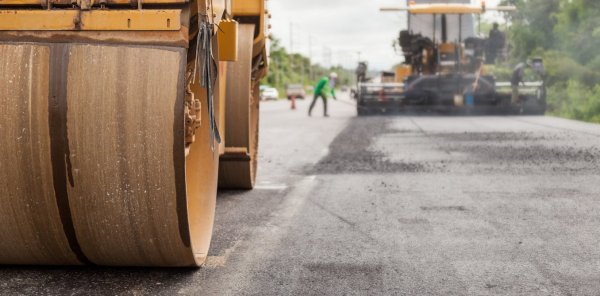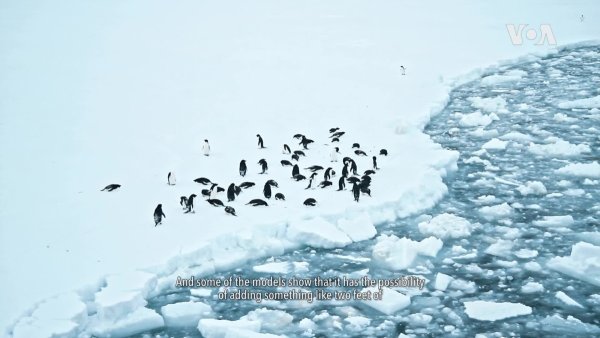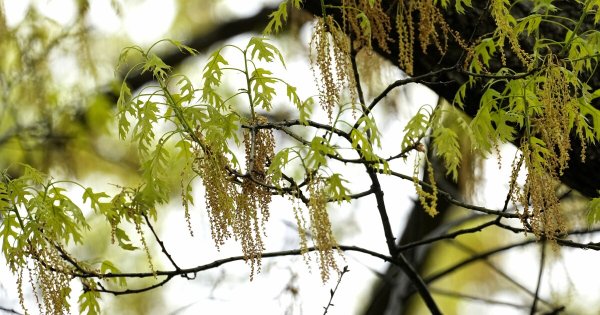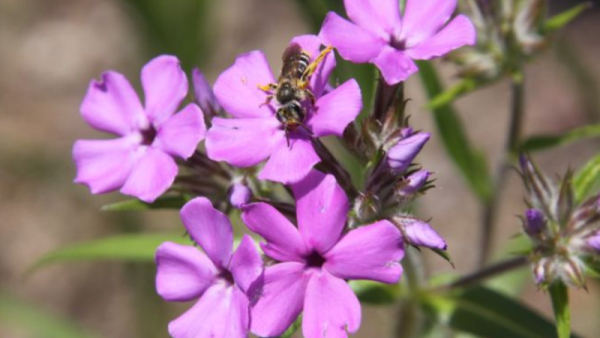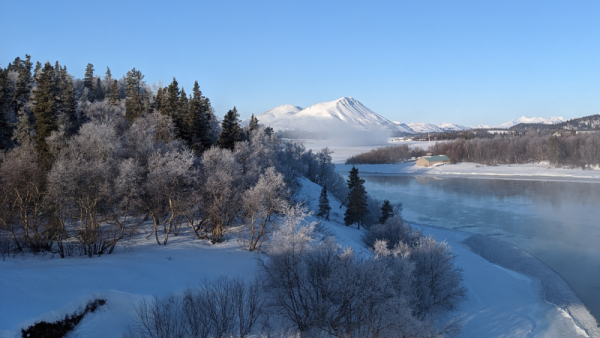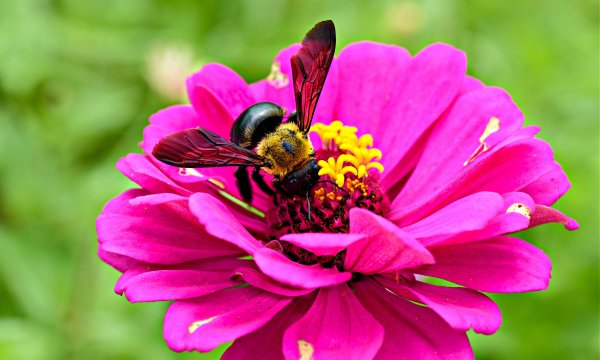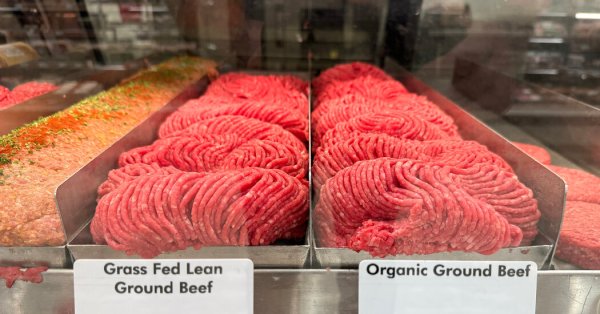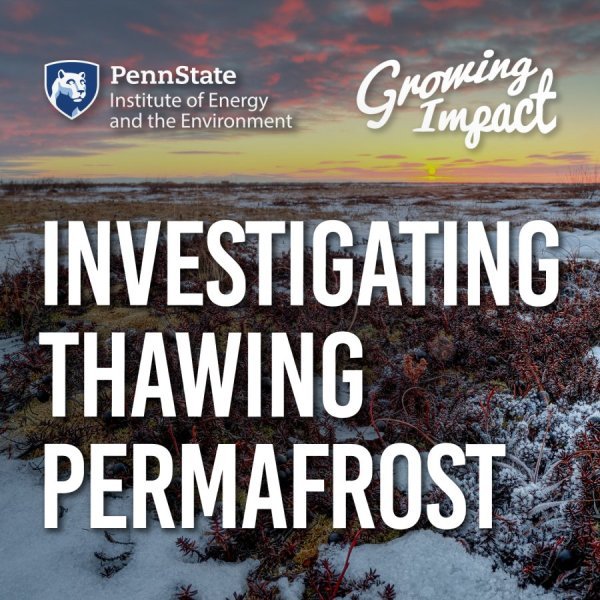What are roads made of? A pavement materials engineer explains the science behind the asphalt you drive on
| theconversation.com
Summer means road construction − but what kind of engineering goes into laying down pavement? This article was written by Mansour Solaimanian, a research professor at the Larson Pennsylvania Transportation Institute.
A cicada apocalypse is coming this summer: Will Pennsylvania be spared the noisy invasion?
| ydr.com
For the first time in more than 200 years, two different broods of cicadas will emerge. This article quotes Michael Skvarla, assistant research professor of arthropod identification.
Antarctica’s Thwaites “Doomsday” glacier
| voanews.com
Thwaites Glacier located in Antarctica, is an unusually broad and vast glacier. Known as The 'Doomsday Glacier', scientist say it is rapidly melting. We look at the danger of global warming's effect on Thwaites Glacier, with the increased melting from the glacier causing sea levels to rise. This broadcast TV segment features an interview with Sridhar Anandakrishnan, professor of geosciences.
'Extreme' pollen counts, climate change fuel Pa. allergy misery
| wesa.fm
As warmer temperatures start earlier and last longer, pollen growth leads to more people suffering from allergy symptoms across Pennsylvania. This article mentions Penn State research.
industryXchange to connect researchers, government, industry at Pittsburgh event
| psu.edu
Registration is now open for the Penn State College of Engineering industryXchange. The May 21-22 event in Pittsburgh will focus on robotics and bring together Penn State researchers and industry and government partners to explore collaboration opportunities.
May 15 webinar to address green infrastructure for healthy communities
| psu.edu
As communities grapple with issues such as stormwater management, flooding, urban heat loads and air quality issues, presenters during a May 15 Penn State Extension land-use webinar will discuss services provided by green infrastructure that can improve the quality of life, resilience, and environmental and human health in communities.
Penn State Climate Consortium adds two associate directors to leadership team
| psu.edu
Two interdisciplinary researchers have been named as associate directors for the Penn State Climate Consortium.
Improved wildfire smoke model identifies areas for public health intervention
| psu.edu
A new model combining wildfire smoke forecasts and ground-based data may help public health officials plan targeted interventions to protect communities vulnerable to unexpected smoke events and air pollution. A team led by Penn State researchers developed the model and published their findings in the Science of Total Environment.
Q&A: Should you skip #NoMowMay and #PlantMayFlowers instead?
| psu.edu
Two pollinator experts in Penn State’s College of Agricultural Sciences discuss No Mow May and whether there's a better alternative to help support pollinators and biodiversity.
Many people in the Arctic are staying put despite climate change, study reports
| psu.edu
A team led by Penn State researchers reviewed studies from the past 30 years to examine whether climate change is causing people to migrate out of the Arctic — or if, and why, they’re deciding to stay. They found that while individuals are not yet relocating due to climate change, at least one whole community has.
Bees' ability to withstand heat varies by size and sex
| earth.com
Researchers at Penn State discovered that larger squash bees, particularly males, demonstrate greater heat tolerance. This article features Penn State research.
E. Coli has been found in ground beef and walnuts. Here’s what to know.
| nytimes.com
The bacteria sickens an estimated 265,000 Americans each year. This article quotes Edward Dudley, professor of food science.

